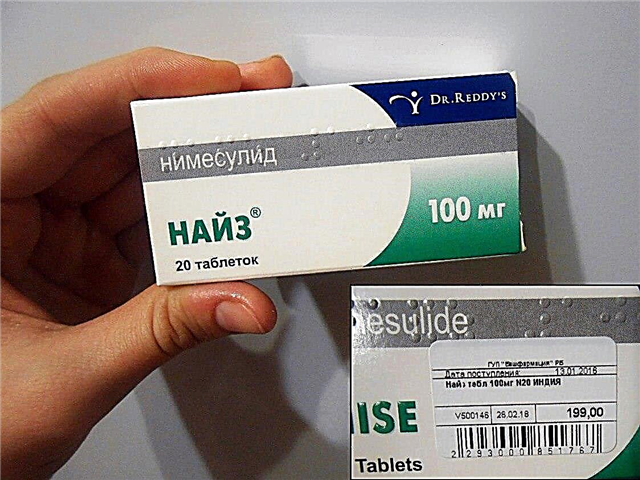Children are interested in everything around. They are in constant search and explore both the world around them and the capabilities of their own bodies. The time has come when your little one decided to figure out what would happen if a small object was put in his ear. But the problem is that putting something in your ear is much easier than getting it out of there later. And then it happened that the child thrust a cotton swab or other object into his ear. When such a situation arises, the most important thing is not to panic. You need to figure out if you need urgent help. If you cannot cope on your own, contact a specialist doctor soon or the next morning (if it happened at night) for help.
Although a foreign object in a child's ear irritates the skin and causes inconvenience, in most cases, urgent medical advice is not required.
But sometimes in order to prevent serious injury, you need to see a medical professional immediately.
Do not use your bare hands to remove foreign bodies from the ear. Thus, you will only push the object even further. Small children cannot communicate clearly and distinctly what worries them. It is necessary to observe how the baby behaves. If the child is constantly crying, but there is no rise in temperature, there is a swelling around the ear, the baby constantly fiddles with the lower part of the auricle with her handles, all this makes it possible for you to suspect damage to the ear.
First aid
1. You can try shaking the object out of your ear.
To this end, tilt the child's head to one side, then try to shake out the foreign object. Try tilting your head to the injured side. Often, the object simply falls out of the ear.
 To straighten the ear canal and make it easier for the object to fall out, you need to pull back slightly on the lower part of the ear.
To straighten the ear canal and make it easier for the object to fall out, you need to pull back slightly on the lower part of the ear.
Gently wiggle the ear and the object may fall out due to gravity. No need to bang on your ear or head! You can only try to shake it slightly so as not to cause more serious consequences.
2. Try to remove the foreign body using a pair of tweezers available at home.
It is permissible to use tweezers only when the object is visible and the part that you can hold onto is outside.
Do not insert forceps into your ear canal! Before using, wash the instrument with warm water and soap.
Gently try to grab the item with your tweezers and slowly pull it out of your ear.
Do not try to remove with a match, toothpick or other object. In this way, you will only push the foreign body deeper, than complicate further release. If the child does not sit quietly and constantly twitches, it is better to immediately consult a doctor.
If a sharp object is stuck in a child's ear, then urgently seek medical help in order to prevent unwanted consequences.
3. Contact a specialist.
Little children often put tiny batteries in their ear. Wristwatches and other small devices are often equipped with them. If you have such a battery in your ear, seek medical attention immediately. Compounds in batteries can leak out, affecting the ear.
It is also necessary to seek medical advice as soon as possible if a fragment of a plant is stuck in the ear. Especially if it's legumes. As they absorb moisture, they increase with the threat of damaging the ear.
If the baby stuck a cotton swab in his ear, he could touch the membrane. Carefully examine the ear, its outer part. If blood is found, you must immediately consult a doctor to receive timely help, prevent infection and the development of otitis media. Do not try to process, disinfect the ear, inspect the inside of the ear. Processing and treatment are carried out only after the doctor examines and prescribes treatment.
4. Prepare for your doctor's appointment.
To do this, you need to collect all the important information. Try to find out from the child in detail how a foreign body got into his ear, what kind of object it is.
It is better to find out everything before the doctor arrives, as the child will be afraid of him and will be silent or cry.
Be sure to tell the doctor what exactly is in the child's ear and for how long. Also tell us about what happened and what they did after a foreign body got into the ear.
How can a doctor help?
Depending on the situation, the doctor may rinse the ear canal with water.
Do not try rinsing your ear at home! Doctors should do this only after examining and assessing the situation.
 The doctor will remove any excess with his medical tweezers.
The doctor will remove any excess with his medical tweezers.
Even if you did not manage to do all this at home, he uses the tools most adapted for this case, and he will have more experience in this matter.
Be prepared for pain relief. It is often used to calm babies, since during the procedure any movements made by the child are undesirable.
Rough movement alone can damage the ear structures.
Signs of damage from a foreign object - soreness, discomfort in the ear, bleeding.
Prevention
The damaged membrane heals on its own within two months, depending on the severity of the damage. Subject to timely treatment of specialists and with proper treatment. After removing the foreign body, you should not bathe and wet your ears for 7 to 10 days.
Cover the ear with a cotton swab moistened with oil or petroleum jelly before taking a shower.
You will need to see your doctor again after a few days to make sure your ear is recovering well.
To minimize the risk of these situations occurring, try to buy toys that are age appropriate for your child. Look around what “interesting” is in the baby's access zone, where he can reach and take a look. Hide these items in advance to exclude possible childish pranks.
In situations where a foreign body gets into the ear or nose, the most important thing is timely diagnosis, so be attentive to children and pay attention to any unusual symptoms. The sooner the problem is identified and resolved, the fewer health consequences it will leave behind.
Article rating:



